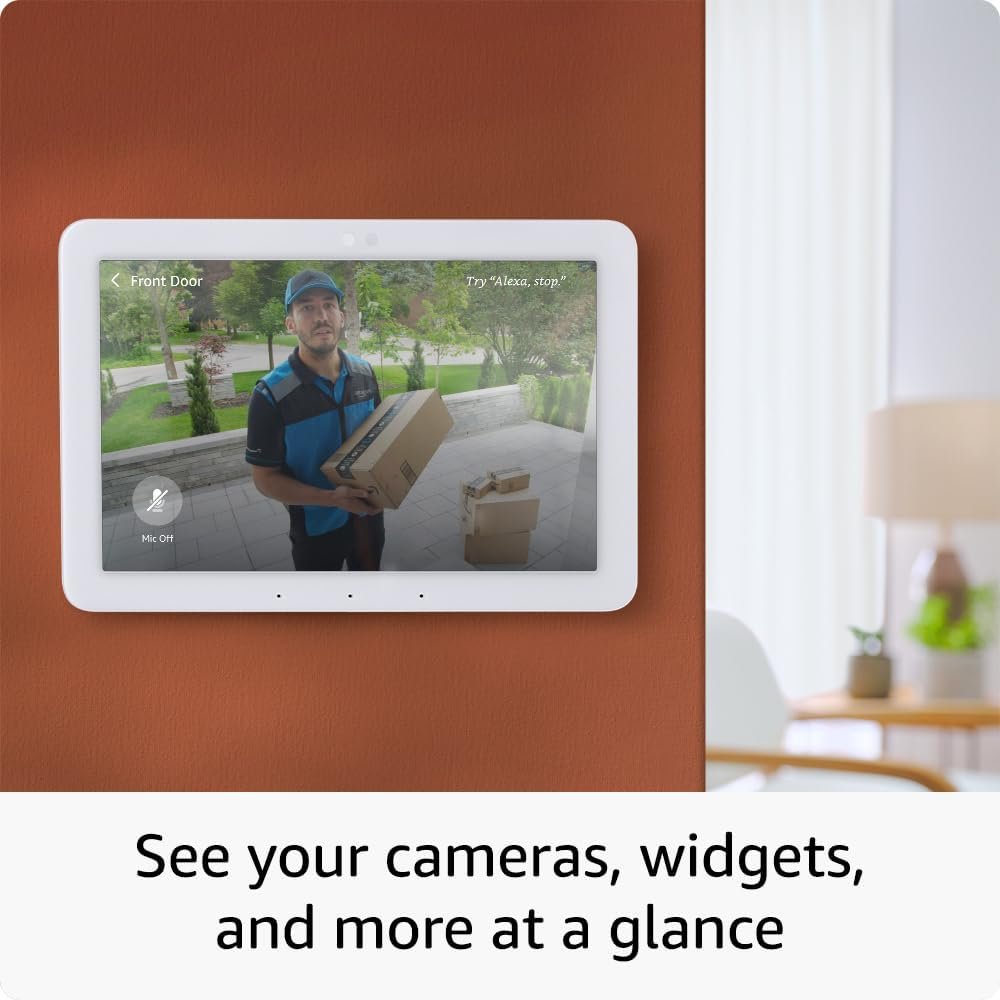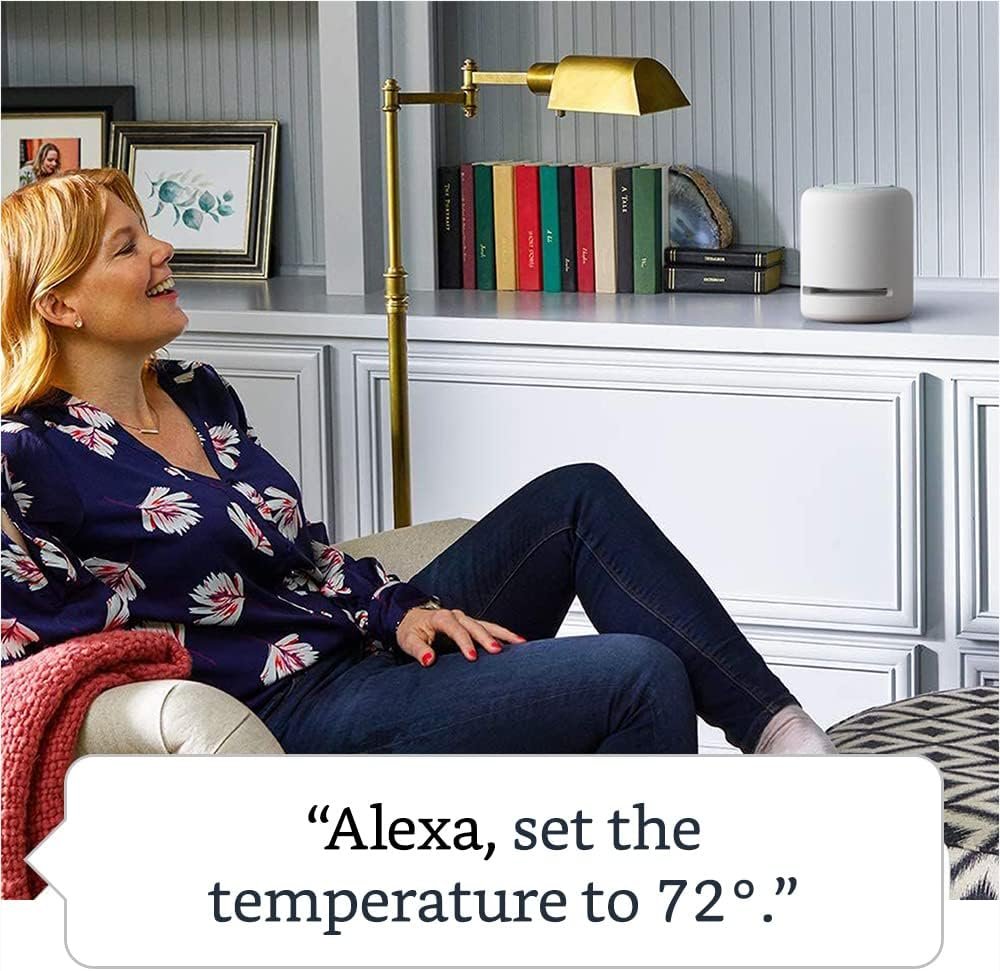Have you ever wondered how much it actually costs to get some extra help around the house? The idea of having a home assistant can be incredibly appealing, especially in a busy household where extra hands are both helpful and comforting. Whether you’re considering a human assistant or a digital one like a smart speaker or a virtual assistant service, it’s important to understand the costs involved with each option. Let’s explore the different kinds of home assistant options, what they entail, and their potential costs to determine which might be the right fit for you.

Understanding What a Home Assistant Means
Before diving into the specifics of costs, it’s pivotal to grasp what a home assistant actually is. Generally speaking, a home assistant can refer to a person hired to help around the house or an electronic device designed to facilitate tasks and enhance convenience. Each type comes with its own functionalities and price tags, and knowing these differences can help you make a more informed decision.
Human Home Assistants
Human home assistants are professional individuals hired to perform various tasks at home. These can range from cleaning, cooking, running errands, to even providing company and caregiving services. They bring a personal touch and flexibility that tech-based solutions might lack but can also be significantly more expensive due to the personalized service.
Digital Home Assistants
Digital home assistants, on the other hand, are devices or applications that use artificial intelligence to assist with tasks. The most common examples are smart speakers like Amazon Echo or Google Home, which can control smart home gadgets, play music, manage schedules, and answer questions. Virtual assistants, such as Apple’s Siri or Microsoft’s Cortana, work similarly within devices you already own.
What Factors Affect the Cost of a Home Assistant?
Identifying the exact costs associated with hiring or purchasing a home assistant involves considering various factors. Being aware of these can help you budget accordingly and get the best value for your investment.
Specific Needs and Services
The range of services you need help with will significantly influence how much you might end up paying. If you’re looking for someone to only clean your home weekly, that will be less expensive than a full-time live-in assistant performing a multitude of tasks. Similarly, digital assistants might require purchasing additional services or devices for optimal use.
Duration and Frequency of Service
Do you need assistance occasionally or on a daily basis? Opting for sporadic help will cost less than having someone (or something) assist you every day for extended periods. Digital services often provide ongoing, unlimited access after an initial purchase, which is a key distinction from hourly payment models for human assistants.
Location
Where you live can also dictate the cost of hiring a human home assistant due to variations in the cost of living. Urban areas with a higher standard of living typically come with more expensive service fees compared to rural or less affluent areas.
Type of Digital Assistant
Different brands and models come with different price points. For example, a high-end smart speaker with superior audio capabilities might cost more than a basic version with minimal features. Subscription-based virtual assistant services could accumulate costs over time, unlike devices that require a one-time purchase cost.

Breaking Down the Costs of A Human Home Assistant
Let’s delve into the specifics of the expenditures one should expect when hiring a human home assistant. The cost varies based on the role, expectations, and possibly the employment model.
Hourly Rates vs. Salaried Options
Generally, part-time assistants are paid hourly, while full-time assistants might have a set salary. On average, hourly rates can range from $15 to $50, depending largely on the location and the tasks required. A salaried assistant might earn anywhere from $30,000 to $55,000 annually, again depending on experience and responsibilities.
Live-in Assistant Costs
If you’re considering a live-in assistant, additional costs such as room and board, utilities, and sometimes a vehicle for personal and professional errands need to be factored in. This option is more costly but provides around-the-clock assistance, making it a preferable choice for households needing full-time support.
Taxes and Legal Load
Hiring an assistant might also involve additional costs like payroll taxes, worker’s compensation, and sometimes even benefits like health insurance if you are employing them formally. These are crucial considerations that often add an extra 10-15% to the base salary or hourly rate.
Evaluating the Expenses Associated with Digital Home Assistants
Digital home assistants can be a more budget-friendly option, but they still involve certain costs that are inversely proportional to their convenience and technological features.
Initial Purchase Price
The initial cost of purchasing a digital assistant device like a smart speaker is typically straightforward. Prices can range from $50 for a basic model like the Amazon Echo Dot or Google Nest Mini to several hundreds for premium brands like Sonos or high-end models with advanced smart home integration.
Subscription and Additional Features
While digital assistants offer plenty upon initial purchase, some features might only be accessible through subscriptions or additional fees. Music streaming services, audiobooks, or added security features often come with monthly or yearly fees that can add to the overall cost.
Smart Home Integration Costs
Investing in digital home assistants often leads to considering further smart home technologies. Items like smart bulbs, thermostats, and security systems, while enhancing convenience, also come with their own costs. This can be both an added financial consideration and a strategic investment.

Weighing the Pros and Cons: Making the Right Choice
Choosing the right home assistant—be it human or digital—involves balancing the requirements against the costs. Let us review some advantages and disadvantages of each type to make this choice simpler.
Human Assistants: Pros and Cons
Pros:
- Personalized attention and flexibility in tasks.
- Emotional and social interaction.
- Can handle a wide range of tasks, including intricate ones.
Cons:
- Higher cost with added expenses like taxes and overheads.
- Requires trust and might need formal employment arrangements.
Digital Assistants: Pros and Cons
Pros:
- Lower upfront cost with no ongoing employee-related expenses.
- Can be multifunctional and integrate into numerous smart systems.
- Constant updates and advancements bring new features over time.
Cons:
- Limited to programming capabilities, lacking human intuition.
- May require ongoing subscriptions for full functionality.
Strategies for Budget-Conscious Assistance
If cost is a major consideration, there are strategies you can employ to find the best fit within your budgetary constraints. Whether leaning towards human or digital help, consider the following:
Set Priorities
Identify the core areas where you need help and focus your resources there first. This could mean hiring someone to help with cleaning but using digital devices to manage calendars and reminders.
Explore Flexible Options
There are many flexible services like on-demand cleaning or errand-running apps that offer help on a per-use basis. This can significantly reduce costs versus dedicated service contracts.
Look for Discounts and Bundles
Numerous digital assistants and smart home products offer discounts when bought within package deals or during sales events. Additionally, subscriptions for digital services can often be bundled at reduced rates.
Conclusion
By exploring the landscape of home assistants, we can appreciate their varying costs and what they offer in return. The real decision lies in aligning these factors with the specific needs and budget of your household. With a multitude of options available, there is a solution out there that can bring the convenience and efficiency you’re looking for into your home without breaking the bank. Deciding between a human or digital assistant is ultimately about lifestyle and budget preferences, both of which offer pros and cons that are worth considering. By assessing your priorities and needs, you can find the perfect assistant to enhance your daily life.



